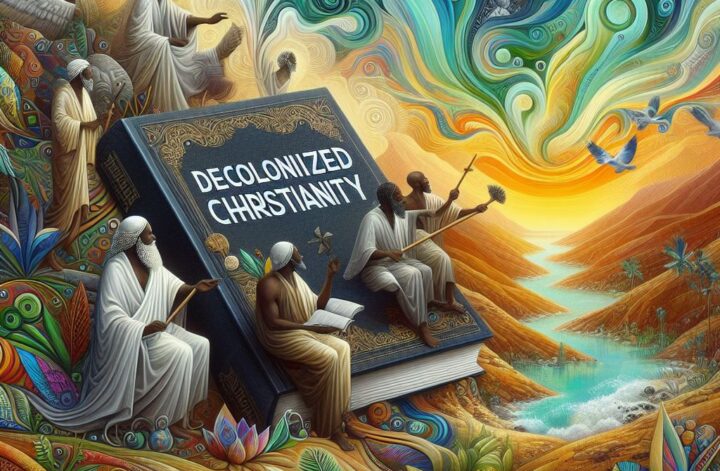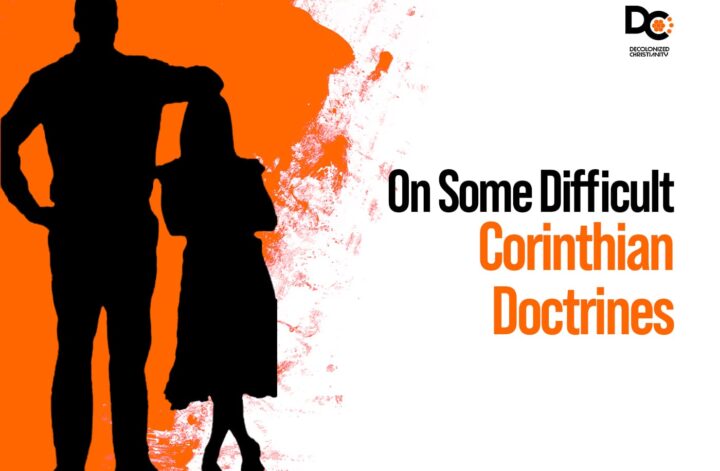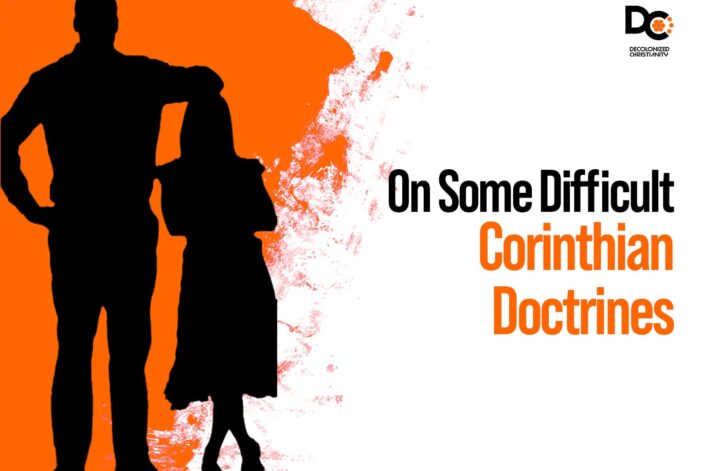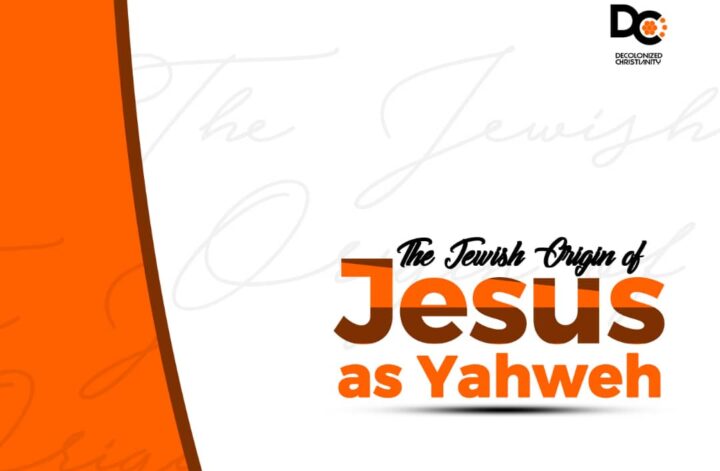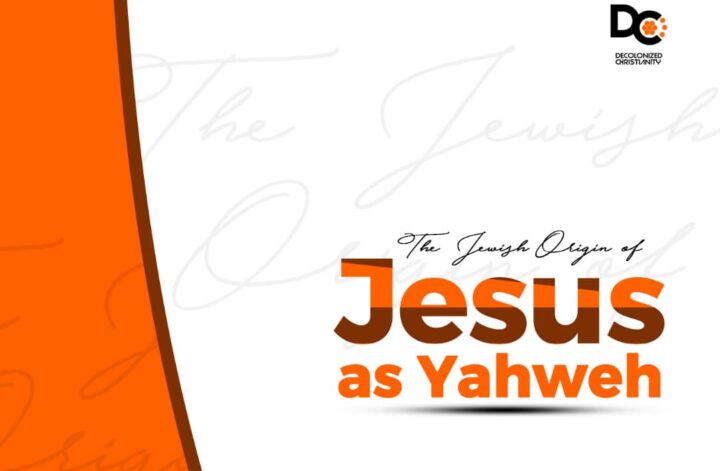The Book of Revelation has been on my mind for a few months now. I have read and re-read the book and consulted with some of the best specialists in modern scholarship. Some things I knew, but there have been so much more I was ignorant of. I am just gonna say a few things here. (I may also walk through the whole book, picking out specific nuggets I found interesting.)
1. If John wrote Revelation as graduate schoolwork today, he would undoubtedly get an “F.” No, it would not be so much because his work would be difficult to understand – Immanuel Kant probably surpassed John on that point and is still praised for it. John would score an “F” because of plagiarism and failing to cite his sources properly. (Of course, John did not do any wrong per the literary standards of his day.)
2. Let us get the simple hermeneutics point out of the way. John wrote to encourage young churches near the first century. So whatever John wrote about was something that, in principle, his audience could/would have understood. Hence, there are no cryptic references to helicopters, missiles, China, Russia, Putin, Trump or any of the other recent lazy readings.
3. Indeed, there is cryptic messaging in the book – it was John’s way of critiquing the empire without its knowledge. The cryptic messaging is of a very different sort from what people now tend to imagine. For example, John primarily referred to Rome as Babylon, and that move is itself pregnant with a whole worldview and dense theology.

